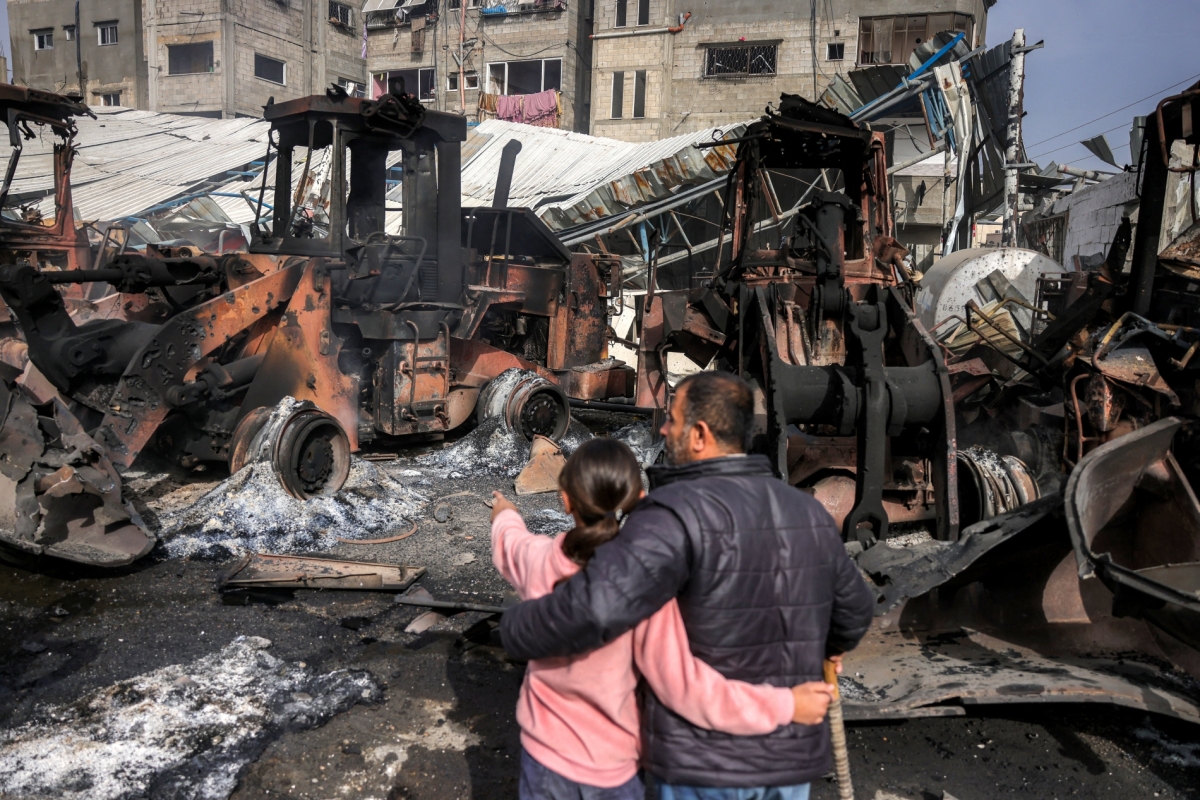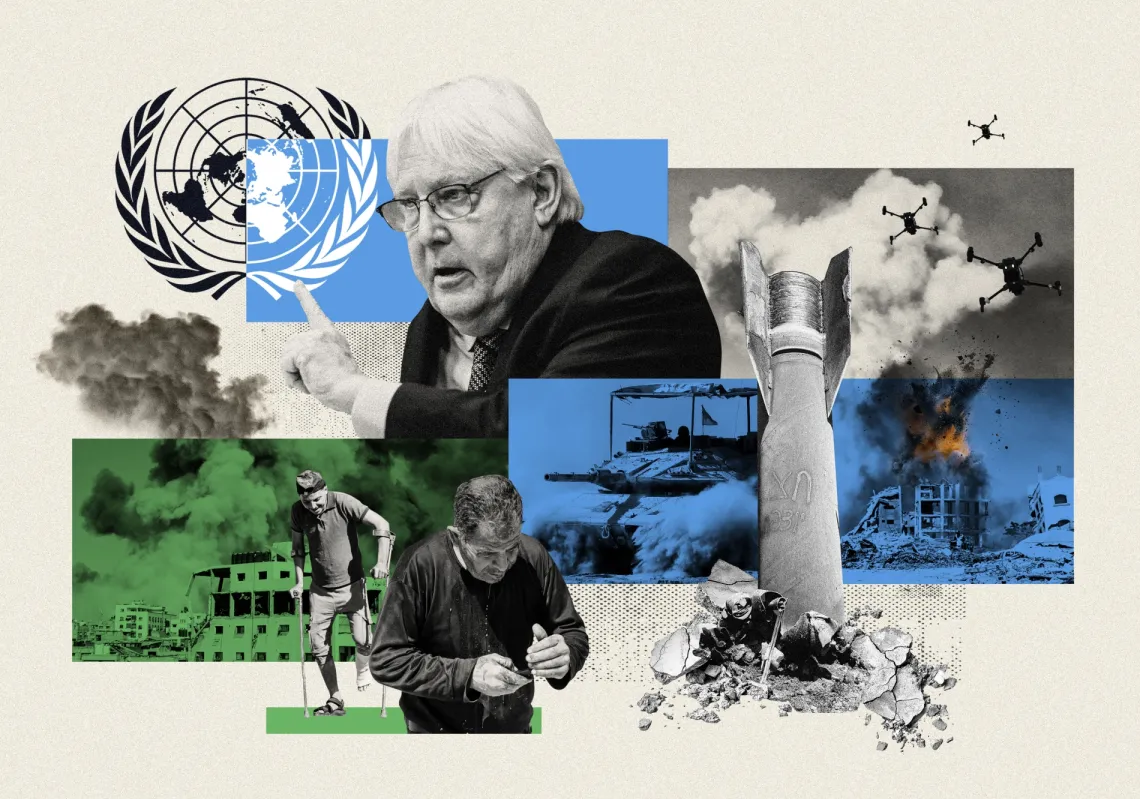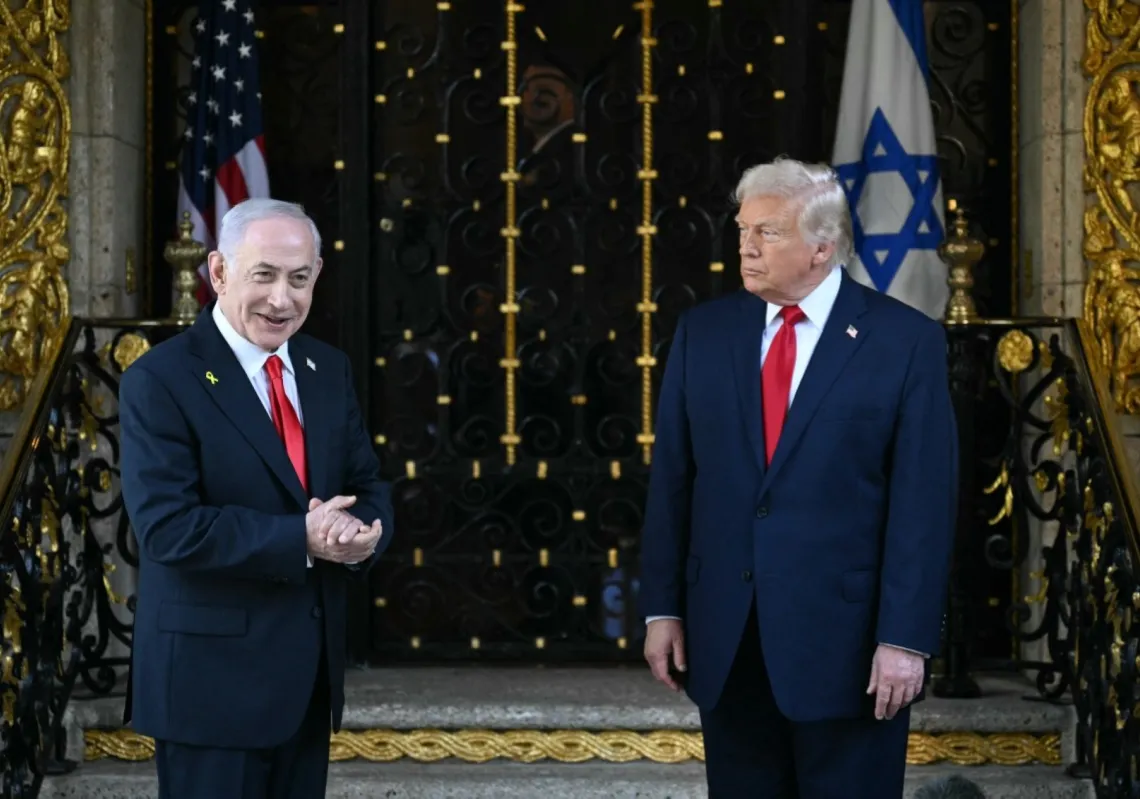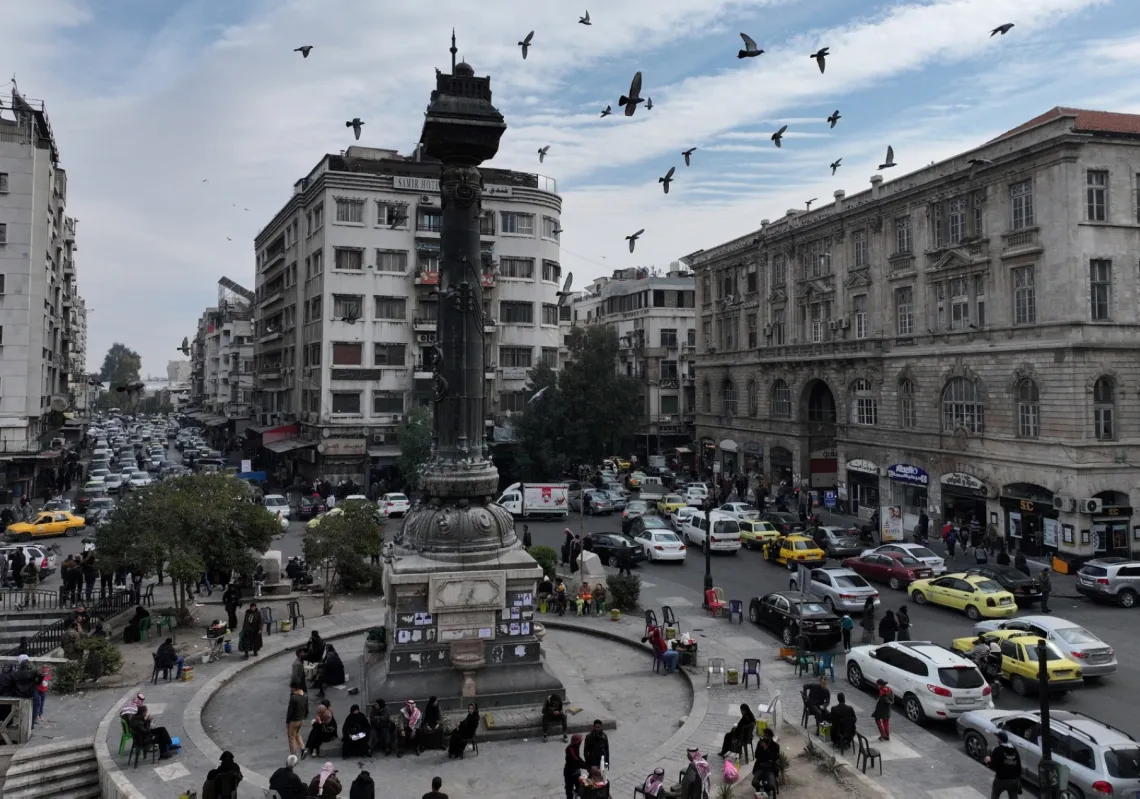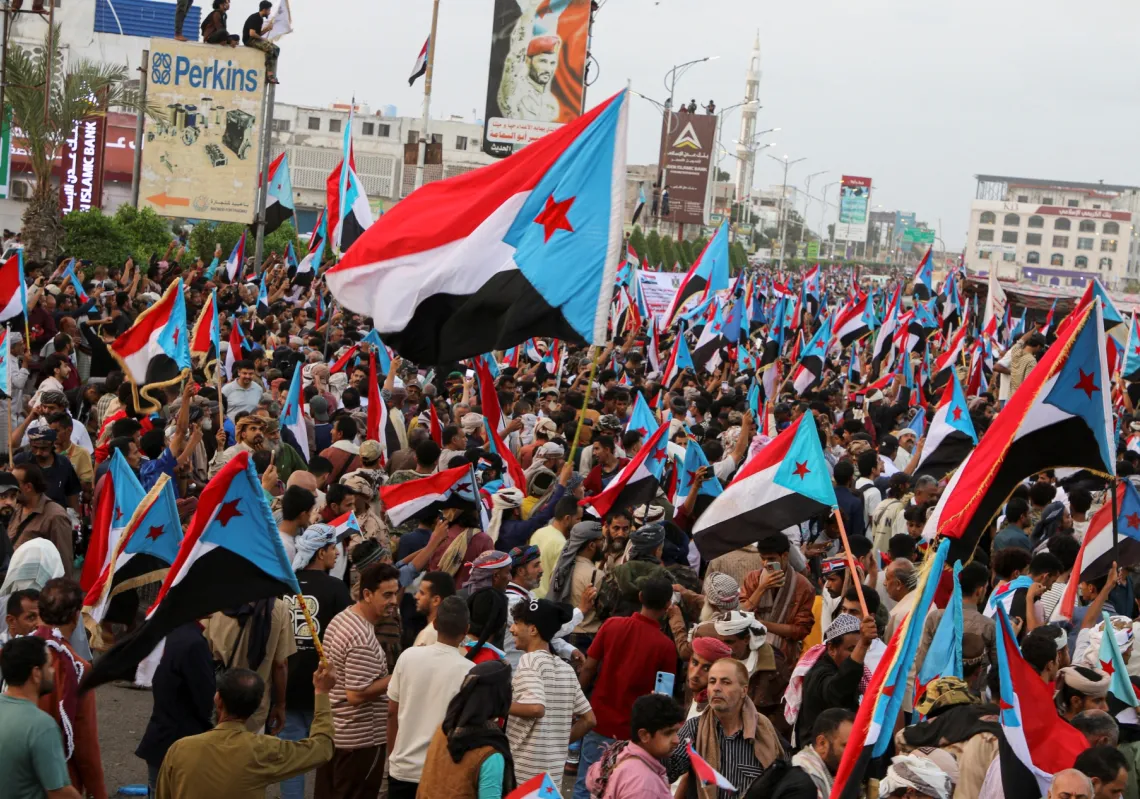In early August, Israel’s Security Cabinet granted Prime Minister Benjamin Netanyahu approval to implement military plans aimed at securing full control over Gaza City and the northern Gaza Strip. This would mean displacing the north’s Palestinian residents, as seen in Rafah, Beit Hanoun, Beit Lahia, and eastern Khan Younis.
Israel’s Chief-of-Staff Eyal Zamir opposed the plan, in part due to a shortage of troops and their diminished readiness after nearly two years of continuous combat, and in part due to concerns that the operation could endanger the remaining Israeli hostages, but Netanyahu got his way as the plan got the green light.
In recent days, artillery barrages have intensified, flattening residential blocks in the Al-Zaytoun and Al-Sabra south-east of Gaza City, forcing residents to flee under fire. The army used its entrenched positions along the Netzarim axis on the southern edge of Al-Zaytoun to launch incursions, relying heavily on air and artillery bombardment.
Scorched earth
On Saturday, Israel bombed high-rise towers in Gaza City as part of its campaign to drive residents toward the Al-Mawasi area in the south. The military claimed Hamas used these buildings for intelligence-gathering. Among the buildings reduced to rubble was the 15-storey Al-Sousi residential tower in western Gaza, the Mishtaha Tower in the city having also been destroyed two days earlier.
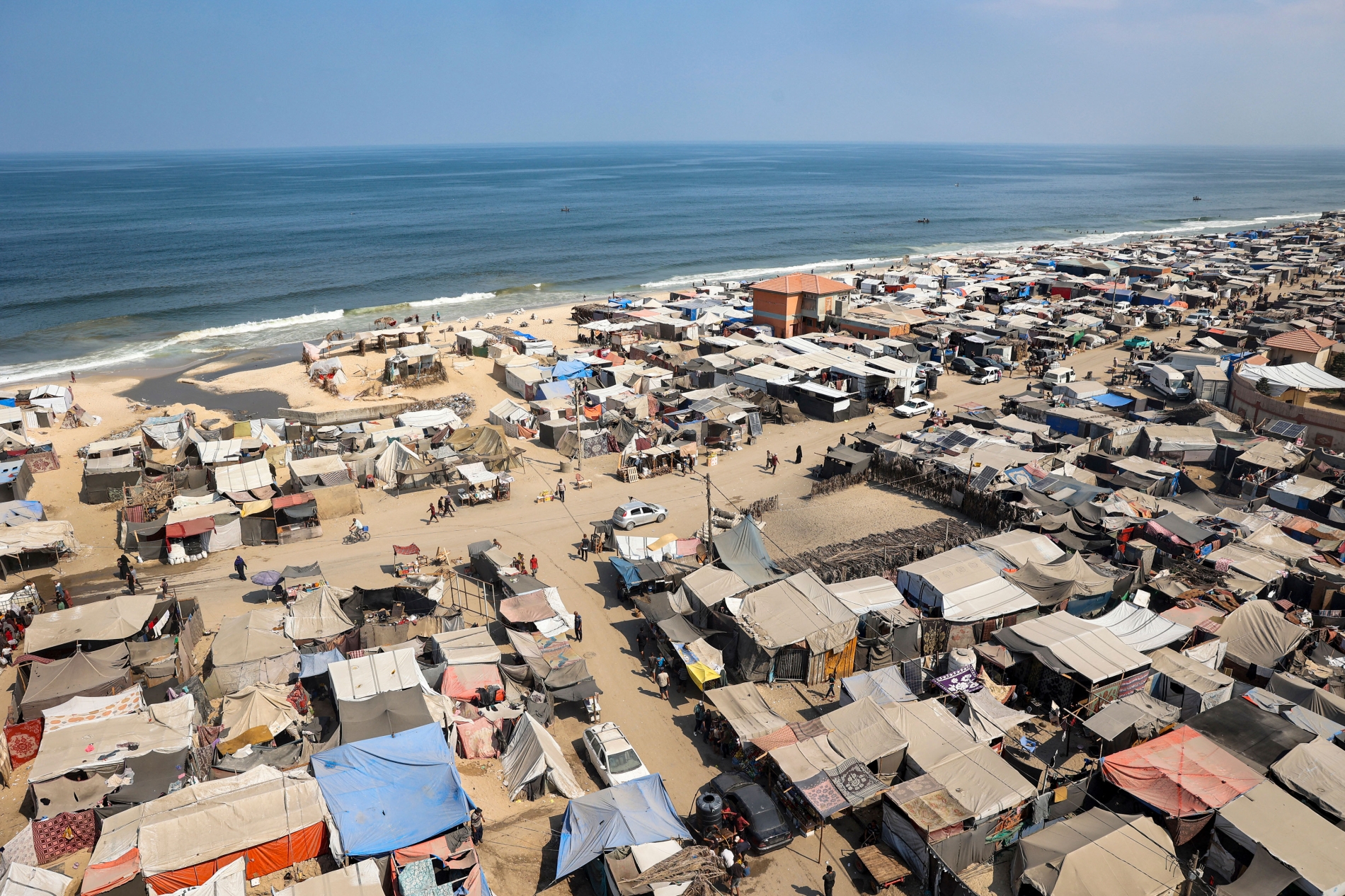
Israel urged residents of Gaza City to relocate to what it described as the “Al-Mawasi humanitarian zone” in the southern Gaza Strip as forces advanced from the city’s northeastern perimeter, striking densely populated areas such as Jabalia al-Balad, Jabalia al-Nazla, Al-Saftawi, and Abu Sharikh.
Dozens of homes, residential and commercial buildings, and vital infrastructure were shelled repeatedly during daylight hours, as drones fired on civilian homes to force displacement. By night, troops deployed explosive-laden robots to level hundreds of houses and buildings. These robots were also employed in April 2024 to demolish and level residential districts.
The aim is clear: to flatten the terrain, erase buildings and infrastructure, and clear wide routes for ground forces to advance, while reducing the risk of ambush by Palestinian fighters. By blowing up houses and trees, the robots transformed entire areas into barren fields of rubble, denying militants any chance of concealment or movement.
Robotic bombs
Military experts say the machines used were originally US-made M113 armoured personnel carriers, used by Israel up to the 2014 Gaza War. After repeated strikes by locally-produced rockets forced their withdrawal from service, they were refitted to become remote-controlled explosive platforms, each carrying several tonnes of ordnance, able to wipe out everything within 50 metres, with partial destruction extending up to 150 metres. Shrapnel has been reported more than half a kilometre from the detonation site.


